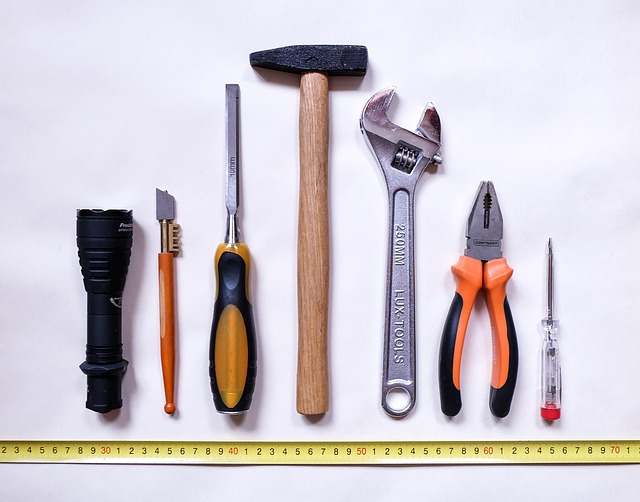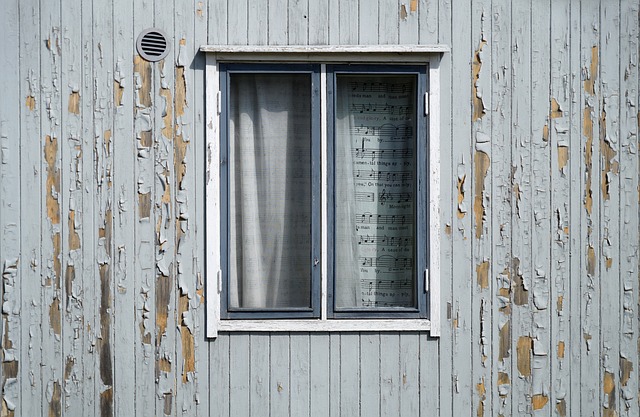Window replacement is crucial for Home Repair and Maintenance, addressing functional issues, enhancing energy efficiency, reducing noise pollution, and boosting curb appeal. The process involves measuring, removing old windows, installing new ones, and sealing for weather protection. Choosing the right window materials (e.g., vinyl, fiberglass, wood), styles (bay, bow, casement, double-hung), and energy efficiency features (double-glazed, triple-glazed with low-e coatings) ensures a comfortable, cost-efficient living space after Home Repair and Maintenance. Regular checks for drafts, condensation, or damage can help identify issues early, making window replacement after 10 years a smart investment.
Considering window replacement? This comprehensive guide on home repair and maintenance covers everything you need to know. From understanding when and why replacement is necessary to a detailed step-by-step installation process, we equip homeowners with the knowledge to tackle this project confidently. Additionally, learn about choosing the right windows based on materials, styles, and energy efficiency. Elevate your home’s comfort and curb appeal with informed window replacement.
- Understanding Window Replacement: When and Why It's Necessary
- The Installation Process: Step-by-Step Guide for Homeowners
- Choosing the Right Windows: Materials, Styles, and Energy Efficiency
Understanding Window Replacement: When and Why It's Necessary

Window replacement is an essential aspect of home repair and maintenance, offering both functional and aesthetic benefits. Over time, windows can become damaged, inefficient, or outdated, leading to various issues within a home. Cracks in glass, poorly sealed frames, and single-pane windows that fail to provide adequate insulation are common problems that signify the need for replacement.
Regular maintenance checks can help identify these issues early on. Homeowners should look out for drafts during colder months, condensation between panes, or any visible damage to the window frames and glass. Replacing windows can significantly improve energy efficiency, reduce noise pollution, and enhance the overall value and appeal of a property. It is often recommended to consider replacement when windows are more than a decade old, as modern energy-efficient options can provide long-lasting benefits for both comfort and cost savings.
The Installation Process: Step-by-Step Guide for Homeowners

Window replacement is a common home repair and maintenance task that can significantly improve energy efficiency, reduce noise pollution, and enhance curb appeal. The installation process involves several steps to ensure a secure fit and optimal performance. Firstly, measure the existing window opening to get the precise dimensions for your new window. This ensures compatibility and proper sealing. Next, remove the old window by carefully prying it out of its frame, taking note of any hardware or trim that needs to be reused. Once the old window is removed, clean the opening and apply a bead of caulk around the perimeter.
After preparing the opening, fit the new window into place, ensuring it sits level and square. Use shims if necessary to adjust the window’s position. Secure the window in place with screws, following the manufacturer’s instructions for spacing and depth. Finally, trim around the window with appropriate materials like caulk or exterior grade silicone to seal against weather elements and prevent air leaks. This step-by-step guide ensures that homeowners can successfully replace and install new windows, contributing to a more comfortable and energy-efficient living space.
Choosing the Right Windows: Materials, Styles, and Energy Efficiency

Choosing the right windows for your home repair and maintenance project involves considering several factors, including materials, styles, and energy efficiency. When it comes to materials, modern options range from vinyl, known for its affordability and low maintenance, to wood, which offers excellent insulation but requires more upkeep. For a balance between durability and aesthetics, fiberglass is a popular choice that resists rot and fading.
In terms of styles, bay and bow windows add elegance and natural light, while casement and double-hung windows offer versatility and easy cleaning. Energy efficiency is another key consideration; double-glazed or triple-glazed windows with low-e coatings can significantly reduce heating and cooling costs. Look for models with weatherstripping and air seals to prevent drafts and ensure a secure fit during home repair and maintenance tasks.
When it comes to home repair and maintenance, window replacement is a significant investment that offers both functional and aesthetic benefits. By understanding when and why replacement is necessary, homeowners can make informed decisions about choosing the right windows for their needs. The installation process, detailed in this guide, ensures a smooth transition to more efficient, durable, and appealing windows. With the right materials, styles, and energy-saving features, new windows can enhance comfort, reduce utility costs, and add value to any home.
